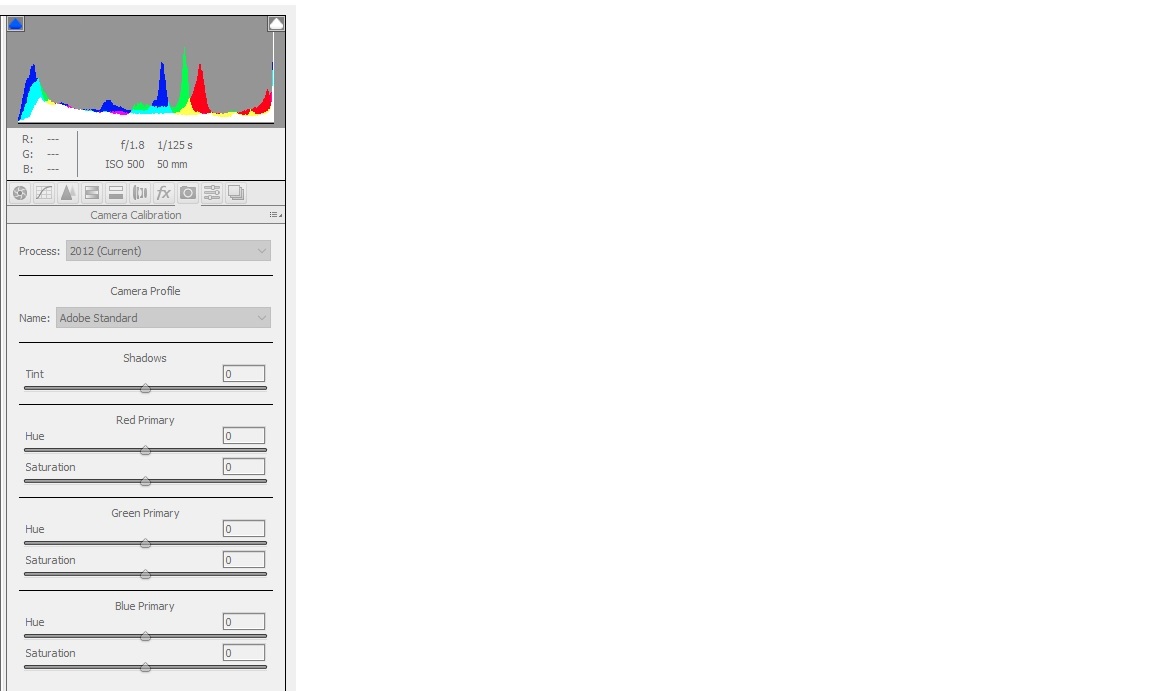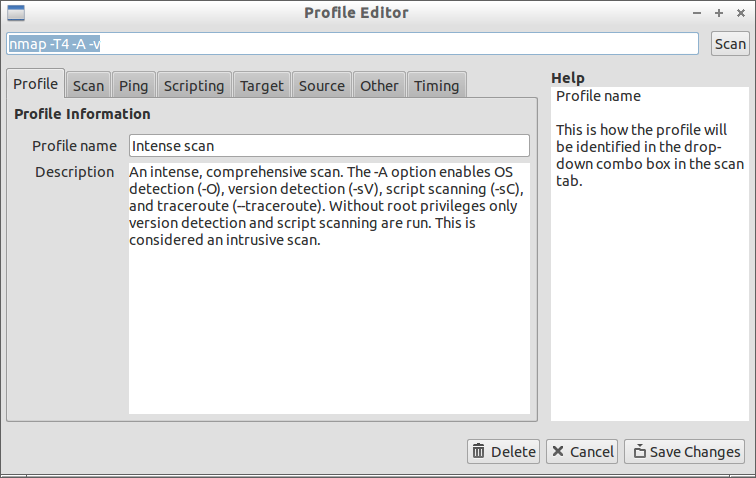Creating a color profile for your camera is the single best way to ensure color accuracy and consistency under differing light sources and between multiple camera bodies. Having this level of. In addition, if you want to make edits to a profile, you must be comfortable with XML, and understand version 1.2 of the Adobe DNG specification in detail. DcpTool and Adobe’s DNG Profile Editor Adobe provides the DNG Profile editor - this allows the creation of DCP profile in a user-friendly, visual “adjust the slider till you like what. The DNG profile editor no longer works. I need the make a profile for IR images (super color). Since the DNG profile editor no longer works how do I go about this? In this video, learn how to use the Adobe DNG Profile Editor to create a custom profile. A DCP or DNG Camera Profile contains information about the raw file. This file helps you tune the raw image. DNG Profile Editor is an application developed by Adobe that deals with processing information from DNG files. It helps photographers to manage camera profiles in a professional manner, as well as.
2. The faithful idea
For faithfulness I mean the capability of a system to reproduce a color like it is in the real world. The process to reach this goal starts with a series of color patch (the Colorchecker 24 patch), measures them with a spectrophotometer and passes the spectral data to a software which provides the color values in a specific lighting condition (D50 condition in my case).
When the ideal patches colors are defined, the user can edit the camera profile so that when the raw converter opens the target capture, it renders the color patches as near as possible to the ideal color values.
3. DNG camera profiles
To understand the method we have to know in synthesis the structure of a DNG profile. For details you can refer to this serie of posts (in Italian) on Mauro Boscarol's blog. .
Every profile contains two matrices which describe the behavior of that particular camera model under tungsten light (2856K) and in daylight condition (6500K). Starting from this matrices, ACR calculates in real time the color of the scene via interpolation or extrapolation in accordance with the light that illuminated the scene. ACR takes the information about the lighting condition from the position of the sliders Temp/Tint set by the user in the raw converter user interface.
If the user wants to personalize the generic profile for his camera, the DNG Profile Editor offers two possibilities which he can be used separately, one or the other, or can even be used in synergy.

The first possibility has already been proposed with the sliders of the Calibration Camera tab of Camera Raw and now those sliders are reported in the Color Matrices tab of module; this intervention tweaks linearly the global response of the profile.
The second possibility is represented by the new HSL 2.5D tables in the Color Tables tab of the module. These tables, contrary to the calibration, tweak only selective areas of the profile. The interventions change the chromaticity (Hue + Saturation) of profile zones which can be defined by the user.

For my purpose I used both available tables for the reference illuminants so that the resulting profile keeps validity in all standard lighting condition.
As rule of thumb the calibration intervenes before the HSL tables.
Together with the two HSL 2.5D tables a DNG profile contains a HSL 3D table. This table doesn't tweak the chromaticity but tweaks the real color of a sample (Hue + Saturation + Luminosity), but for now the access to the table is limited to Adobe.
With the release of the new DNG Profile Editor someone could wonder: “Is the calibration process obsolete?”. This is a critical point.

Both calibration and HSL tables are implemented with the same purpose: tweak the profile with regard to a particular requirement: in our case the research of color accuracy. But, if the intent is the same, the way they work makes a big difference.
Normally from a colorimetrical point of view a profile has zones that are right and other which are wrong at different level of gravity.
The calibration, tweaking the chromaticity coordinates of the primaries, make a sort of global trade off of the error on all sectors of a profile. At the end, there isn't a big error in any part of the profile, but zones that before were correct, after the intervention can be a little less right. These zones are (a little) sacrificed in favour of those areas that had some fault. This is the drawback of the process.
HSL tables are conceptually the exact opposite: they don't make global balancing, but take confined zones and stretch them where the user wants to drive them, and leaving not modified the other sectors. If on one hand the pro is the possibility of fine tuning only where the user effectively wants without the fear of altering anything else, on the other hand, the tables have some limits:

- at the end the profile could show problematic sectors since the user didn’t take them in proper consideration.
For this problem it should be enough to take more samples, but here rises the collateral effect of the process that has originated my method: the intervention goes to stretch and compress portions of the profile; if these portions are successively expanded in a image along a enough extended tonal range, the phenomenon of posterization could take place, and the image would be damaged. Actually our eyes forgive more easily the absolute accuracy in the hue, in the saturation or even in the lightness of a color, than the lack of smoothness in the tonal transition.
So, the more samples we take and the more we stretch them, the higher becomes the probability to incur in the posterisation. The calibration for its nature is free from this phenomenon. - the tables don't take care about the color of the samples but only regard their chromaticity, which is the color minus luminance. This means that visually very different patches, like white and dark skin, are considered by the module very close because they differ principally for the luminance. This means that the two points are too much close on the chromaticity wheel and then the possibility to introduce damage in the profile if we intervene too much determinately searching for the absolute color precision.
- for the same reason if we move the slider Lightness we modify all colors with the same chromaticity but with different luminosity, from the darkest to the lightest, with only a reference point, and this means editing blindly. For this reason I avoided interventions on these sliders. (This is the reason why the tables are named 2.5D)
Camera Raw 13.2
Summing up, if you want to use the tables it is worth to:
1. limit the number of the samples (max 18-20)
2. leave distance between the samples
3. avoid resolute intervention
Adobe Dng Profile Editor Mac Download
4. avoid the use of Lightness slider.